Ever thought of coincidence and fate can bring you to a historical setting, and what you are about to do will become a meaningful puzzle piece that helps to contribute to a nation’s culture? The answer is both yes and no. We surely are overwhelmed by the power of chances yet we still are always surprised by what they bring upon us. Gunda and Peter Niemann came to Athens of Greece in 2017 for the Documenta, and never thought they still remain there today. The only difference is that they have renovated an industrial space full of old tales into an artistic space — the Haus N we see today. A seed planted by the Niemanns in Greece has turned into a beautiful flower which added many more colours to this cultural city. Not merely a place to exhibit art, but Haus N serves as a collaboration platform with different artists for its own publication called ‘Text to the World — As It Is and As It Should Be’. The journey has been a long and rough one for Athens and Greece, but at least Haus N is here to be one of its truest families now.
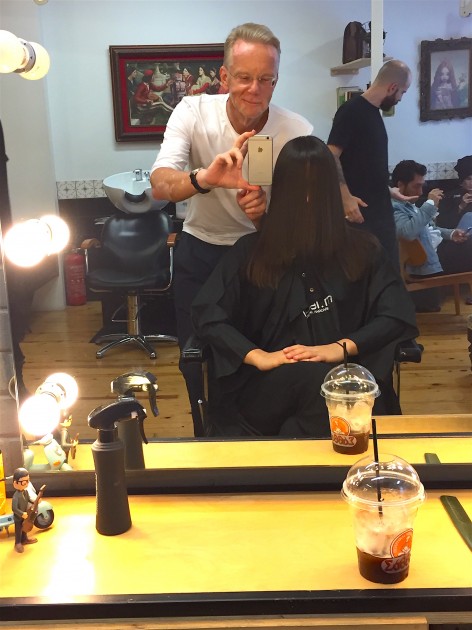
Collecting
How did the very first moment happen — the one thing/experience that dragged you into the art world and expand your interest so much to even start collecting?
I bought the first piece of art when I was 16 years old — a print 80×80 cm — lost it by now. A friend of mine had an artist as a girlfriend — older than we were, and I was deeply impressed — later I visited New York, and the first thing I did was to go into MoMA to look at Jackson Pollock — it was as chaotic as I had expected, and I started to understand that art can be everything — but it was not only art — it was literature and music also — I remember one night listening to the radio and they played a new record — it was The Mahavishnu Orchestra — Birds of Fire — this also changed my life — later I hitchhiked through Central America — someone recommended Thomas Pynchon’s book V — again life changed — and this is keeping on — from time to time my head is turned 180° — and on we go with new eyes in a new direction.
What did you newly discover about art and the art world/market when you first started collecting?
I use art as a starting point to struggle on. A lot of art dealers are afraid of the market and hope to hide away in the art world. Reality hits them hard.
How many artworks do you own until now?
I know it, but won’t tell you — no show off — my house, my boat, my cats.
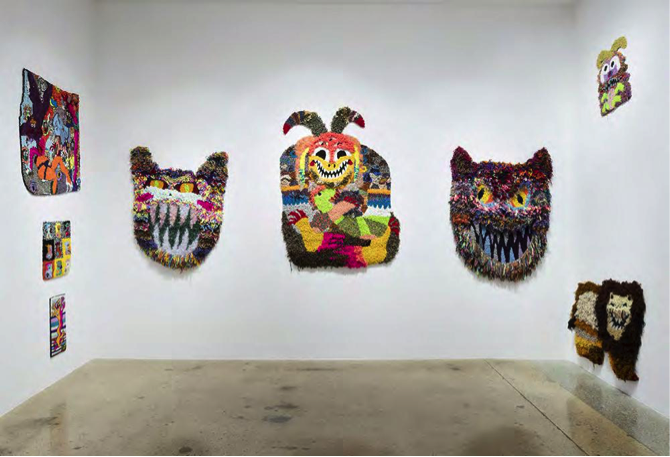
What is your focus regarding artists inside your collection? Are you more interested in renowned or emerging ones?
No concept, no rules — full of mistakes but with a lot of fun — let it flow — most private collections are a mess, otherwise they are boring.
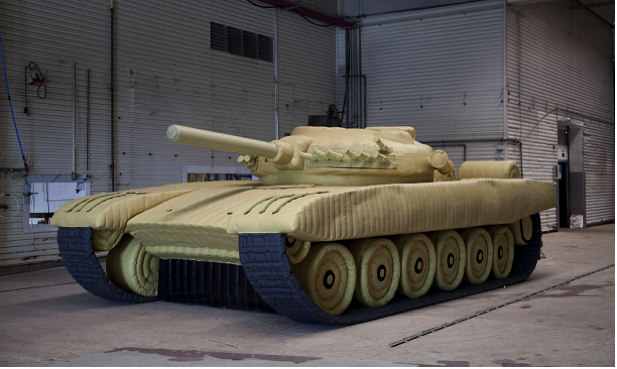
Are the works of your favourite artists the same as the most desirable works to collect, or are they the same as the works you think are best suited to exhibit?
Sometimes I would like to have a Rothko, sometimes not. Can you imagine any new secret behind a Rothko? To whom to talk to if you want to talk to Mr. Rothko?
Haus N Athen, Greece
To bring anything to a new place is not an easy task, what is the story and passion/motivation behind the Haus N we see today?
All was a coincidence — we met Amalia Vekri who told us about the 240m² space, we bought it and renovated it — now it is there — we did some shows — we are trying to turn it into a multi-cultural space — monthly readings, music, dancing, whatever — we did not show anything of our collection and will not do it for the next months — as Germans we should not show off in Greece — also why should we show our own stuff? — it is boring for us — and shows just showing collections without a conceptual exhibition idea are boring.
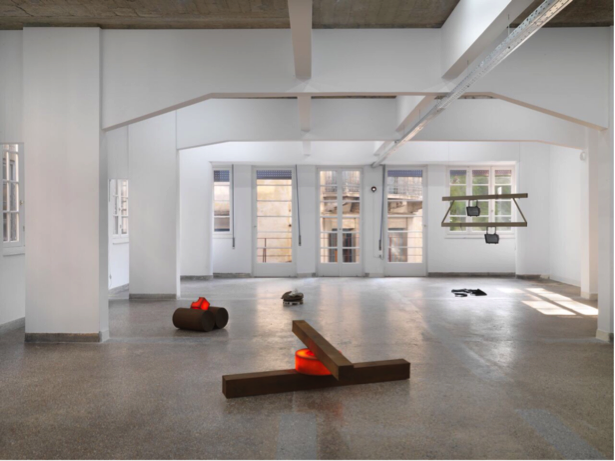
As both a collector and curator, how do you maintain your viewpoints and emotions on the presentations of many different arts you gather and arrange? It has gone from more than the act of collecting but also to re-compose them in a new way for viewing and experiencing.
Up to now, we did not show any piece of our collection in Greece and we did not curate anything in Athens. All the work is done by Amalia Vekri, head of Haus N, Athen. She curated the first show and found curators like Alexios Papazacharias and Maya Tounta, all Greek. In the beginning of 2019, Valentinas Klimasauskas from Lithonia will do another show. For this, we will have the three artists, Jaakko Pallasvuo, Anni Puolakka and Daglara for some weeks in our house and see what comes out of it.
In Germany we did shows like:
– ‘Applause, Applause’ — about various reasons to give applause — Music, Ragnar Kjartansson is The National playing the same song for 6 hours; or applause during the last speech of the mad religion leader Jim Jones in Johnstown after which his followers killed themselves.
– ‘Ah, They Are So Unpolitical Nowadays’ — at Timo Miettinnen’s place in Berlin, just before the Brexit — they are a lot more political nowadays also due to the right-wing politics.
– ‘Why Am I Actually German?’ — a question which is there all the time but especially now because of the refugees coming to Europe and the chances and problems connected to this groundbreaking situation.
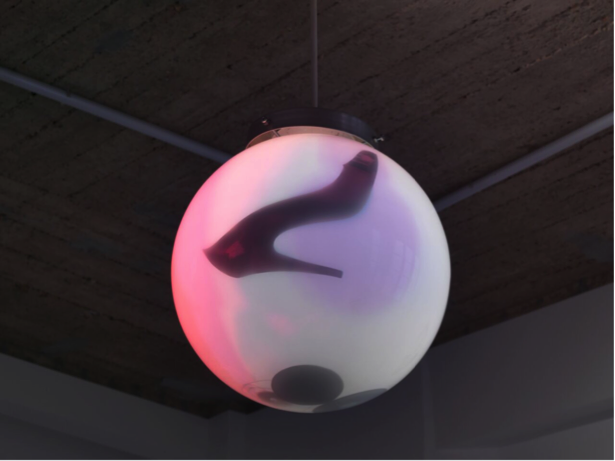
Do you agree that now as you have engaged with a space in such a historical and cultural setting of Athens/Greece, it has become more than just ownerships and presentations to the works you gathered, but responsibilities (such as historical, cultural and educational) have also come into your journey?
Yes I agree. But first I feel responsible for the house. The first thing we did in the house was to preserve some old murals in the staircase. Next is that we will produce in our series of textbook one which deals with the history of the house. It was built in the twenties and was always used as a commercial building. A 90-year-old lady is still working in the house; she might tell us as much as we have to know — I have already seen old pictures of the actual shop owners’ grandparents, in our house is the oldest gun maker of Athens. Anthony Katasouris is an author from Athens and he will organize a reading twice a month in our space. As a German never knowing what we have done to Athens in the Nazi times, I want to show responsibility. Also the Germans were blamed for the actual Greek crisis — unfair in my eyes. It is a crisis that is 200 years old.
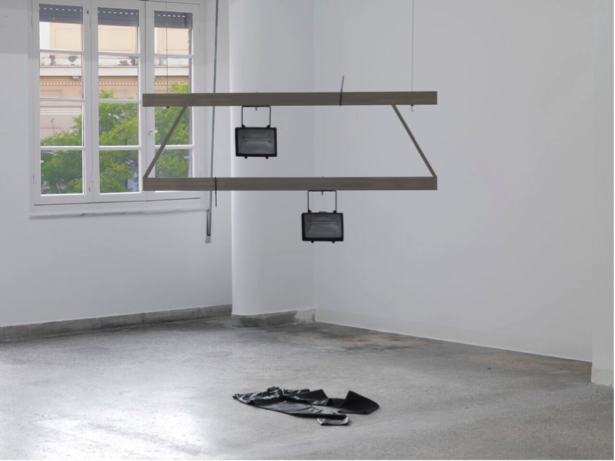
Art World/Philosophy:
It has been a fruitful adventure for you, and you have created an artistic space in an unfamiliar country and have chosen to bring art to a nation, what do you see in art that can inspire a nation and its people?
Greece’s own understanding is that it is the cradle of democracy and doesn’t need any inspiration from anyone. Being in Athens and walking in all these old streets, you feel so much world history and you cannot think of bringing anything to Athens. As for art up to now, I did not understand the Greek way of making art, but that is what makes it interesting.
Furthermore, you have also created ‘Text to the World — As It Is and As It Should Be’, can you tell us the inspiration and the story behind the making of it?
Once I listened to some opening speech, and the person talked about the French from the sixties and seventies ending with Kant. I thought where are the young writers and started to look for them. Up to now we published 36 textbooks printed and online in school textbook style. The author gets a Carte Blanche — I’m not interfering. You can’t buy Text to the World — you can only get them as a present. Send me your address — I’ll send you some.
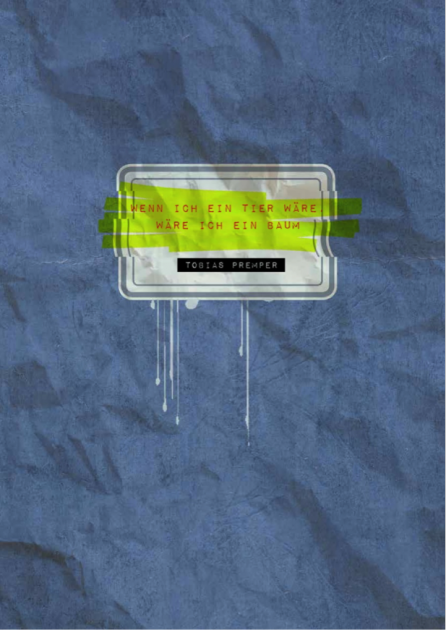
Throughout the things you have worked on (Haus N or Text to the World), there is a certain “art spirit”: Whether it is historical/cultural/educational/representational, there seems to have a cohesiveness and passion to the presentation of art in various forms, which essentially inspire people to think and bring art back to their lives rather than simple awes. How do you define your own “art spirit”?
I always thought art is the gate to the world. As a kid I collected stamps, also a gate to the world. If you care what the stamp is about you come to know and understand things you didn’t know before. It is all about curiosity. Just some days ago Gunda and I were in Berlin for a talk with Simon Denny, Dan Keller and Avery Singer about block chain and crypto money, someone came up to us and said that we really seem to be interested in content. Yes of course we are not interested in possessing, but possessing is a way to get to the content.
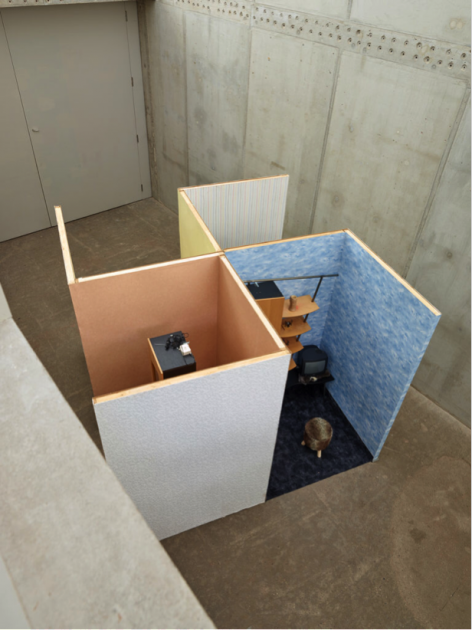
Future
Looking back at the first thing you have done related to the art field to the latest thing you have worked on, how do you see your changes throughout the journey of collecting, curating and creating? Moreover, how has the experience of art collecting changed you and things in your life?
Mainly it didn’t change the outlines, but inside we came to more colors in our lives. Tomorrow I fly to Athens — what a present — I’m not tired.
Being in a city that has gone through so many dramatic events, you now have engaged and communicated with it by planting seeds of art through creating a space here, what changes do you hope to see in the coming years?
Every time I read in the newspaper that Greece is getting on, I call Amalia and she gets me down to earth — nothing is getting better — all news are bullshit — they all are paying a lot of tax but what they get is even worse than before — I think it will take 40 years — the young ones have to clear up the situation and hopefully they will gain some profit in some years — the old ones are astonished that they don’t get any applause for all the mess they did — they cannot understand this because they just did the same mess than all the generations before. No one ever paid taxes, not the billionaires and not the normal person taking a taxi ride. Probably I’m unfair.
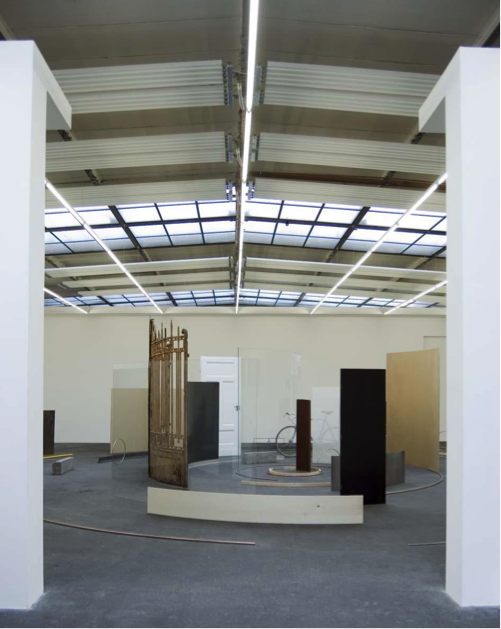
Moreover, how do you envision your art collection and Haus N and ‘Text to the World’ to be in the coming years? What are you looking for and working on at the very moment?
Maybe we are crazy enough to open Haus N Collective in Berlin — a cooperative space for artists — 5 rules (short version):
– Art is important.
– You can only be part of the collective for 2 years — if you leave the collective you have to give 5 artworks for 5 years to the collective.
– Everybody has to work for the collective.
– The deal is 50/50%. No money for work for the collective. All money stays in the collective.
– All rules can be changed.
Related: Haus N
A selection of artists Gunda and Peter collect:
Alicja Kwade
Henrike Naumann
Hannah Epstein





